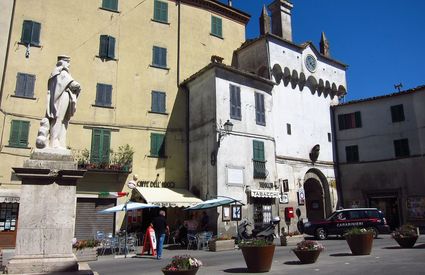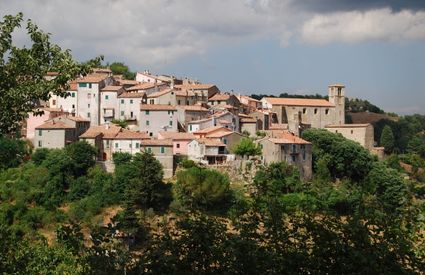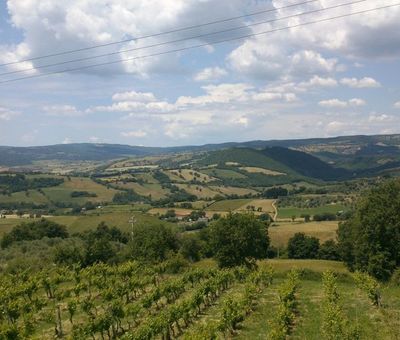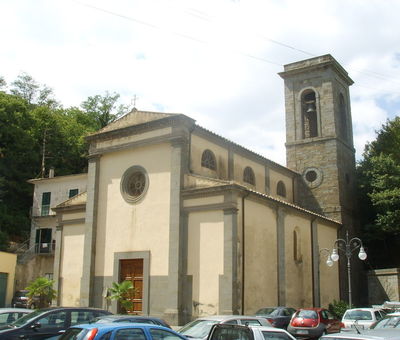The ever-present wine
Archaeological finds from the land and the sea testify to the close link between Scansano and the vine. Terracotta jars with vine seeds inside were found at the Ghiaccioforte site as well as statuettes depicting people engaged in the grape harvest, all dating to the 5th century BC. With the conquest of the Ghiaccioforte fortress around 280 BC, the Romans took possession of the territories of Scansano, developing agriculture with numerous settlements. Wine was produced, destined for the western provinces of the empire, as evidenced by the discovery of a shipwreck in the sea in front of Marseille. The wreck contained a large number of wine amphorae marked with the letters SES, the initials of the powerful Roman family of the Sestii, landowners in the area of Cosa, today's Ansedonia, and active traders.
The Madonna della Botte
In a land so deeply linked to wine, a Madonna della Botte (Madonna of the Barrels) seems necessary. Officially, it doesn’t exist, the actual name of the church is Madonna delle Grazie, but for the Scansano locals, the old tale rings true. The current church was rebuilt over a 17th-century chapel that was destroyed during a flood in 1862. A painting depicting the Madonna delle Grazie was saved and the legend says that it was found inside a barrel which, by miracle, rolled right into the place where centuries before, the chapel had been erected. In the land of Morellino, the idea of having a Madonna dedicated to barrels seemed apt and so it has been ever since.







